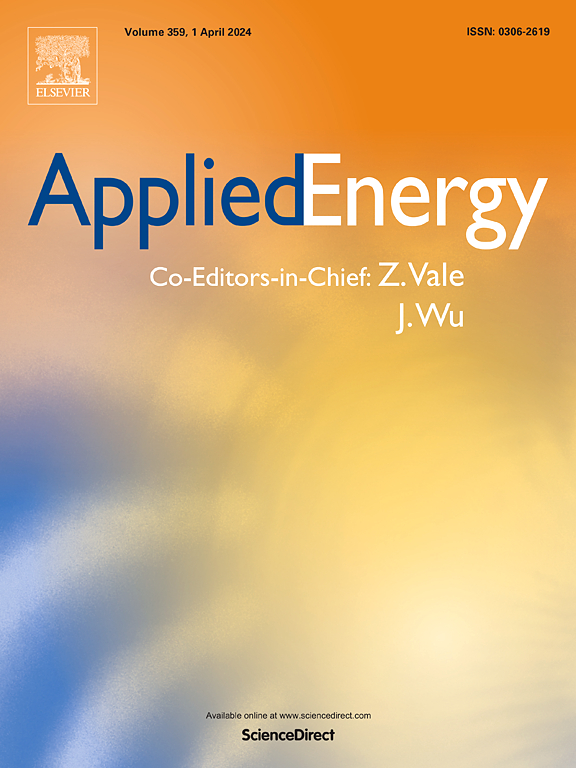Accelerating device characterization in perovskite solar cells via neural network approach
IF 10.1
1区 工程技术
Q1 ENERGY & FUELS
引用次数: 0
Abstract
Perovskite solar cells are promising candidates for next-generation high-efficiency photovoltaic devices, especially as top cells in tandem applications. Using a physical-based optoelectronic model, we collect big data of one hundred thousand sample size to train neural network models for efficient prediction of device performance and recombination losses. Latin hypercube sampling, Bayesian regularization, and Bayesian optimization are adopted for data preparation, model training, and optimization of the neural networks, respectively. The best neural network models achieved mean squared errors below on a reserved testing dataset. The computational speed of the neural network is more than one thousand times faster than traditional optoelectronic models. As a result, fast device calibration can be conducted in twenty-four seconds. The reduced computational cost allows for efficient device characterization, parametric studies, sensitivity analysis, loss analysis, and optimization. After optimizing interface recombination in our in-house fabricated devices, we observed an experimental improvement of approximately 2 % in power conversion efficiency. Additionally, we predict theoretical power conversion efficiencies of 28.9 % and 25.5 % for perovskite solar cells with band gaps of 1.56 eV and 1.63 eV, respectively.
过氧化物太阳能电池是下一代高效光伏设备的理想候选材料,尤其是作为串联应用中的顶层电池。利用基于物理的光电模型,我们收集了十万个样本量的大数据来训练神经网络模型,以有效预测设备性能和重组损耗。数据准备、模型训练和神经网络优化分别采用了拉丁超立方采样、贝叶斯正则化和贝叶斯优化。在保留的测试数据集上,最佳神经网络模型的均方误差低于 4×10-4。神经网络的计算速度比传统光电模型快一千倍以上。因此,快速设备校准可在 24 秒内完成。计算成本的降低使得高效的器件表征、参数研究、灵敏度分析、损耗分析和优化成为可能。在优化了内部制造设备的界面重组后,我们观察到功率转换效率提高了约 2%。此外,我们预测带隙分别为 1.56 eV 和 1.63 eV 的过氧化物太阳能电池的理论功率转换效率分别为 28.9 % 和 25.5 %。
本文章由计算机程序翻译,如有差异,请以英文原文为准。
求助全文
约1分钟内获得全文
求助全文
来源期刊

Applied Energy
工程技术-工程:化工
CiteScore
21.20
自引率
10.70%
发文量
1830
审稿时长
41 days
期刊介绍:
Applied Energy serves as a platform for sharing innovations, research, development, and demonstrations in energy conversion, conservation, and sustainable energy systems. The journal covers topics such as optimal energy resource use, environmental pollutant mitigation, and energy process analysis. It welcomes original papers, review articles, technical notes, and letters to the editor. Authors are encouraged to submit manuscripts that bridge the gap between research, development, and implementation. The journal addresses a wide spectrum of topics, including fossil and renewable energy technologies, energy economics, and environmental impacts. Applied Energy also explores modeling and forecasting, conservation strategies, and the social and economic implications of energy policies, including climate change mitigation. It is complemented by the open-access journal Advances in Applied Energy.
 求助内容:
求助内容: 应助结果提醒方式:
应助结果提醒方式:


